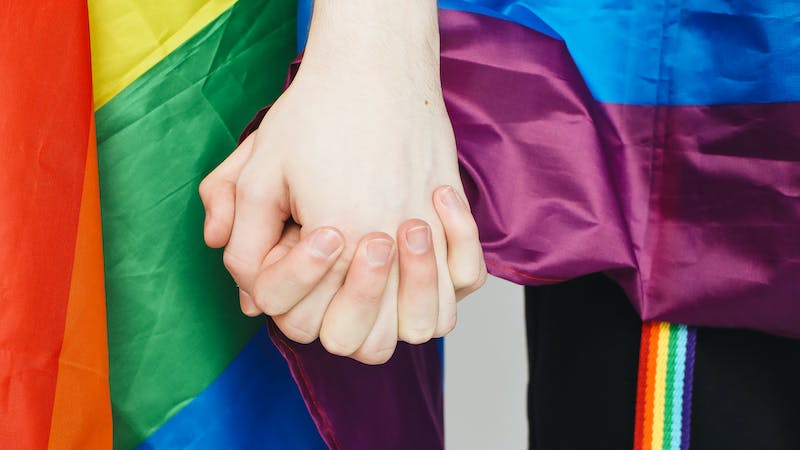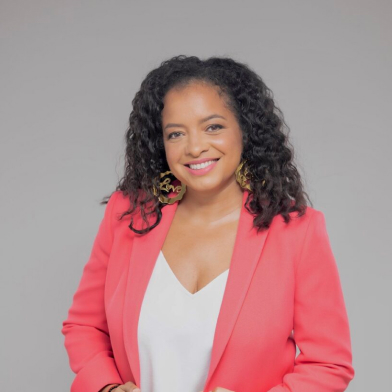Fostering Belonging: How to Create Workplaces Where LGBTQIA+ Employees Thrive

Every employee deserves to feel like they belong at work. Yet, for many LGBTQIA+ individuals, bringing their full selves to work remains challenging.
Behind the hesitation lies workplace realities of discrimination. 46% report remaining closeted on the job, while many have witnessed bullying or harassment targeted at sexuality or gender. Of course, this can severely impact employee well-being.
As leaders, we have an obligation to create inclusive environments where all people, regardless of gender identity, sexual orientation, or any other element of their identity, are empowered to thrive.
In this blog, we will share research-backed, tactical advice on how you can foster LGBTQIA+ belonging through your policies, culture, and everyday actions.
Understanding the LGBTQIA+ Experience
Expanding inclusion requires a nuanced appreciation of diverse experiences. To foster understanding, we must explore key aspects of identity and some of the challenges marginalized groups face.
Gender, for example, involves social roles and norms that differ from biological sex attributes. Likewise, an individual’s sexuality and emotional attractions are unique, falling across a broad spectrum.
Identities under the LGBTQIA+ umbrella represent endless variations in how people relate to traditional gender and sexuality paradigms – whether as lesbian, gay, bisexual, transgender, queer, questioning, intersex, asexual, or other identities. We must also recognize that pronouns and even names often affirm self-concepts outside expected binaries.
Compounding marginalizations create even greater barriers. Those holding multiple minority identities frequently endure layered biases and aggressions, known as double discrimination. A Black transgender woman, for instance, battles transphobia and racism in a compounding way.
Psychological safety enables professionals to openly exchange ideas, question assumptions, and bond without fear of embarrassment or retaliation. It is key to business success. But LGBTQIA+ individuals too rarely feel psychologically safe at work.
The Struggles Facing LGBTQIA+ Employees
Discrimination and unfair treatment remain far too common for LGBTQIA+ workers. A recent survey conducted by the Williams Institute found that nearly 30% of LGBTQIA+ employees have experienced employment discrimination related to their sexual orientation or gender identity.
According to the survey, many report facing verbal harassment on the job, with over 35% of LGBTQIA+ workers experiencing hurtful comments or slurs. Shockingly, 1 in 5 endured physical harassment due to their identity. Rates of discrimination and harassment were highest for transgender and LGBTQIA+ employees of color.
To avoid mistreatment, half of LGBTQIA+ workers stay closeted at work. However, those who are open about their identity face triple the rates of discrimination and harassment. Many engage in covering behaviors like altering appearance or bathroom use to avoid attention. And this discrimination continues in the wake of the 2020 Supreme Court ruling prohibiting many forms of LGBTQIA+ employment discrimination.
A full third of LGBTQIA+ employees have quit jobs because of how they were treated for their identity.
Taking tangible steps for inclusion will aid recruitment, retention, and business performance.
Building a Culture of Belonging for LGBTQIA+ Employees
Executives play a pivotal role in cultivating inclusive cultures that empower LGBTQIA+ professionals to thrive. This isn’t accomplished through shiny value statements or Pride parade appearances but through consistent modeling of equitable behaviors, direct communication of zero tolerance for discrimination, and commitment to policy and systems-level change.
Fostering inclusion requires persistently and creatively shaping behaviors and norms. Ask yourself: Are there moves we can make to motivate more open-mindedness?
Here are three ways to boost your DEI efforts for LGBTQIA+ employees.
Create Equitable Systems and Policies
Look critically at the constructs in your workplace with an inclusion lens. Do talent practices or policies subtly favor dominant groups?
Consult LGBTQIA+ resources to pinpoint needed changes:
- Rethink Benefits: Consider covering gender affirmation procedures on medical plans. Offer flexible bereavement and family/medical leave to support chosen families and different kinds of partnerships.
- Neutralize Language and Symbols: Remove gendered language like “husband/wife” from forms. Work towards making dress codes and facilities like bathrooms more inclusive and flexible.
- Balance Recruitment: Seek diverse candidate slates. Train hiring teams to check biases. Welcome pronoun and identity disclosures. Sign pay equity pledges.
Foster Community and Growth
The social fabric of an organization propels inclusion through affinity spaces and development programs for marginalized groups.
Employee resource groups (ERGs) create invaluable spaces for affinity, support, and growth among marginalized populations within organizations. By providing funding for activities and dedicated staff guidance, organizations empower these groups to unite employees, give them a collective voice, foster personal connections, and promote an inclusive culture from the grassroots up.
Actively nurture ERGs for LGBTQIA+ individuals, allies, and advocates. Encourage membership while also requiring leadership representation and partnering directly with ERG heads on diversity issues. Guide them in developing impactful programming like mentoring initiatives, speaking events, cultural education, community outreach projects, and content for internal communications.
In addition to ERGs, partner with external nonprofits, community organizations, and professional associations focused on developing and connecting LGBTQIA+ professionals. Sponsorship allows marginalized groups to access advanced training, networks, and resources for advancement while signaling your commitment to seeing them succeed in the industry.
Measure Impact
“What gets measured gets managed.” Assess progress through anonymous engagement surveys, retention metrics, and benchmarking against standards like the HRC Corporate Equality Index.
Regular measurement through anonymous surveys spotlights inclusion blind spots, while internal metrics on hiring and retention quantify progress in empowering marginalized groups. External benchmarks keep companies accountable to comprehensive standards vetted by experts.
Together, these tools enable targeted management of diversity, equity, and inclusion efforts.
Ignite Change in Your Organization With The Norfus Firm
Turning aspiration into reality requires a personalized approach – one that starts with listening to your employees. From there, we help build customized strategies targeting the greatest areas of need while positioning your organization as an employer of choice.
For years, The Norfus Firm’s DEI consultants have partnered with leading companies to identify inclusion gaps and provide the coaching and accountability enterprises need to achieve equality targets. Our collaborative approach leaves your leaders and managers fully equipped to advocate for underrepresented groups.
If you are ready to start benchmarking your organization’s journey toward LGBTQIA+ equity, schedule a consultation. Together, we can build workplaces where everyone is empowered to excel as their authentic selves.
